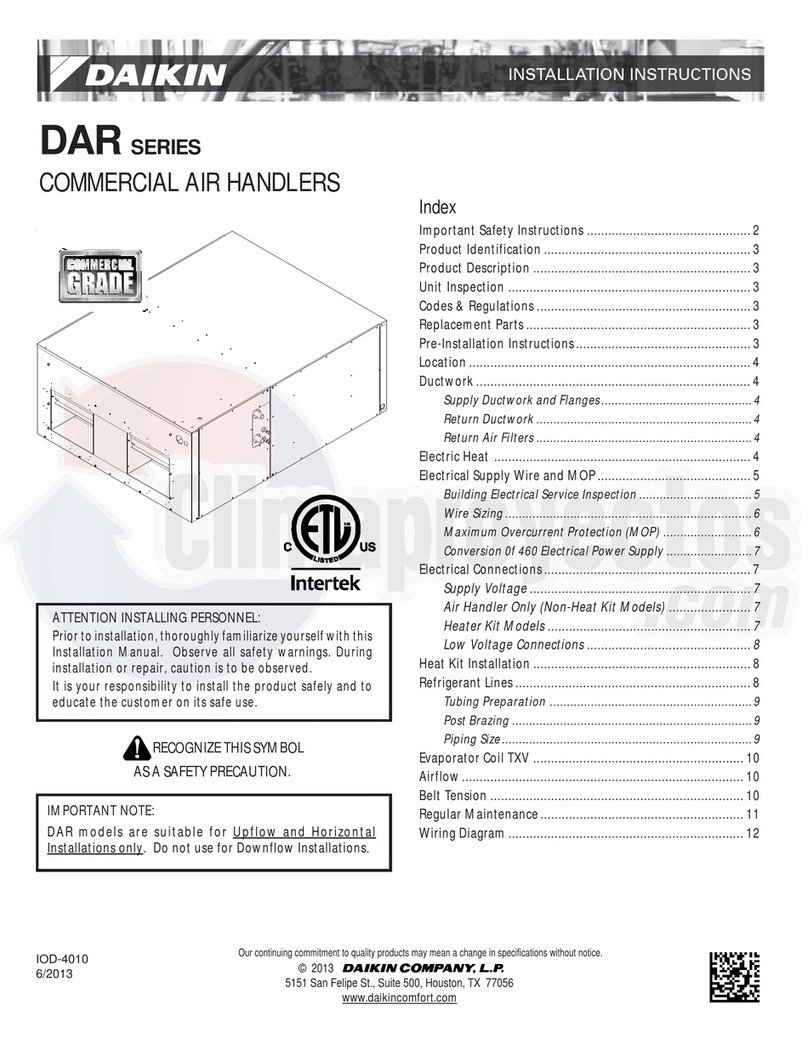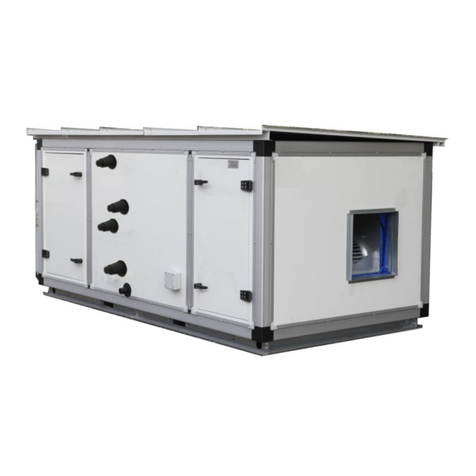Daikin Easdale 25 Manual
Other Daikin Air Handler manuals
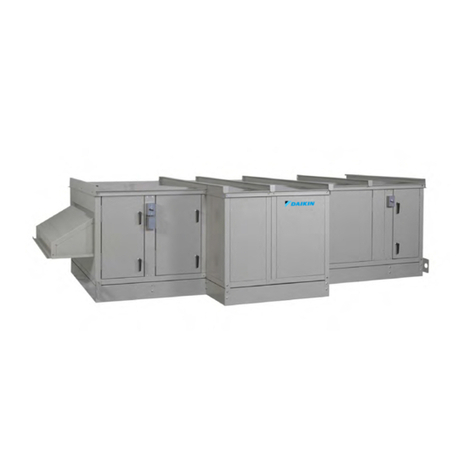
Daikin
Daikin OAH 003G Manual
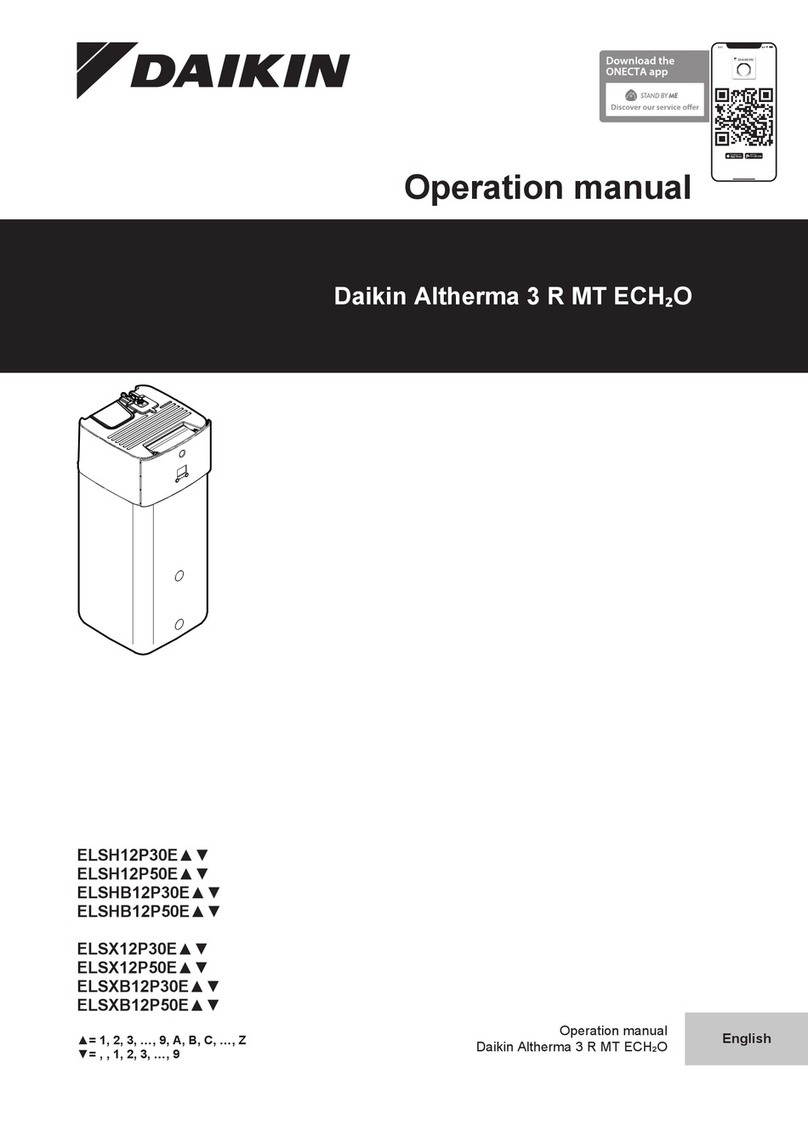
Daikin
Daikin Altherma 3 RMT ECH2O User manual
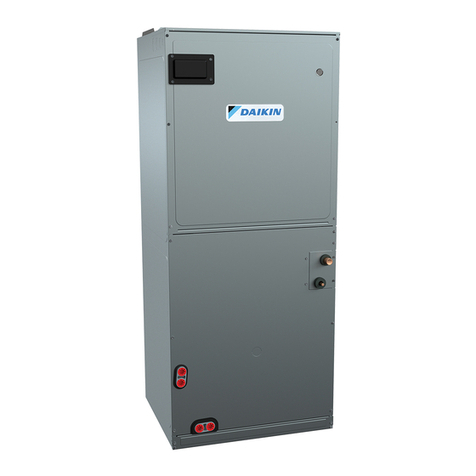
Daikin
Daikin EEV Series User manual

Daikin
Daikin SkyAir FTQ18TAVJUA User manual
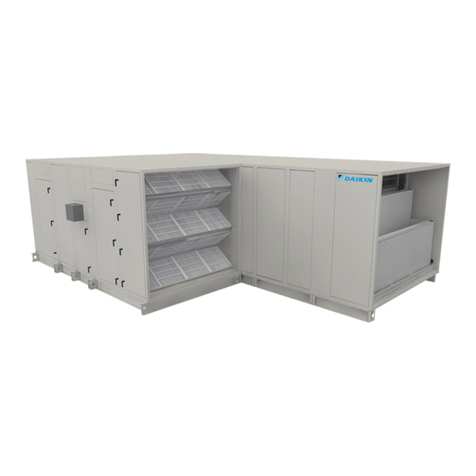
Daikin
Daikin D-AHU Professional AH-ERQ-U User manual

Daikin
Daikin SkyAir FTQ18TAVJUA User manual
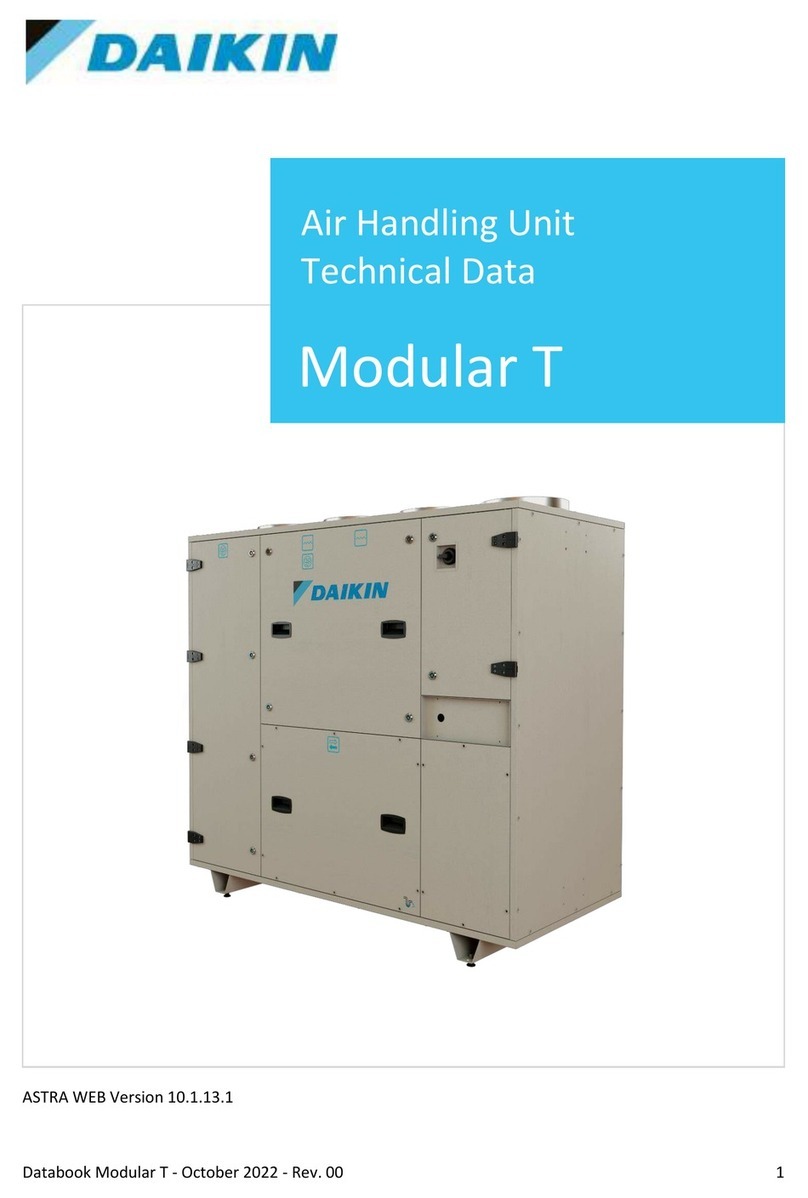
Daikin
Daikin ATB03RA Instruction manual
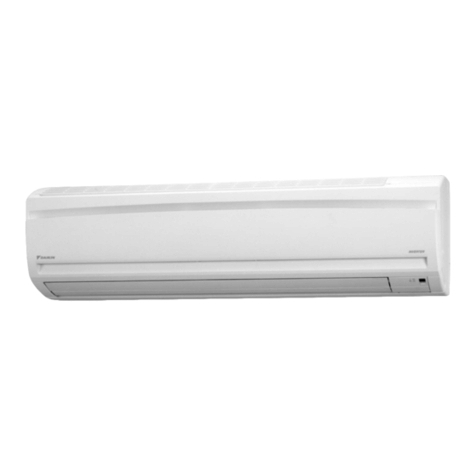
Daikin
Daikin ATM18MV2S User manual
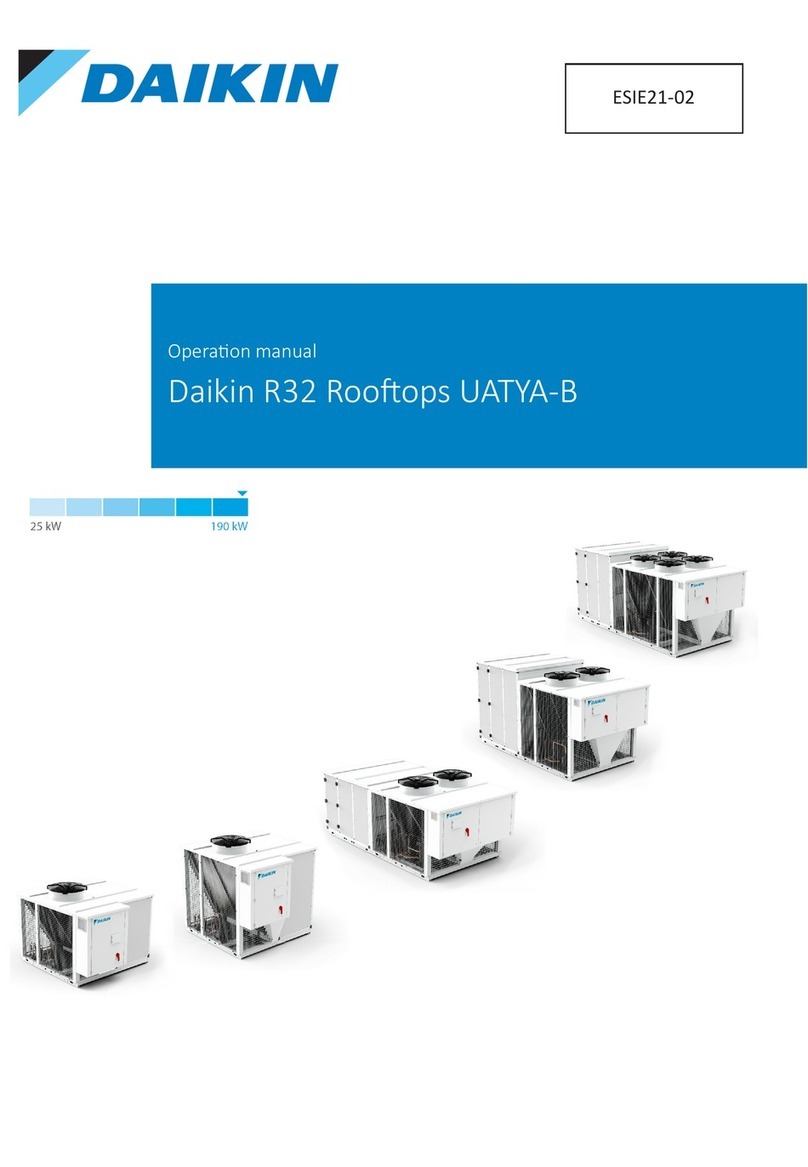
Daikin
Daikin UATYA-B User manual

Daikin
Daikin AMST U1400 Series Manual
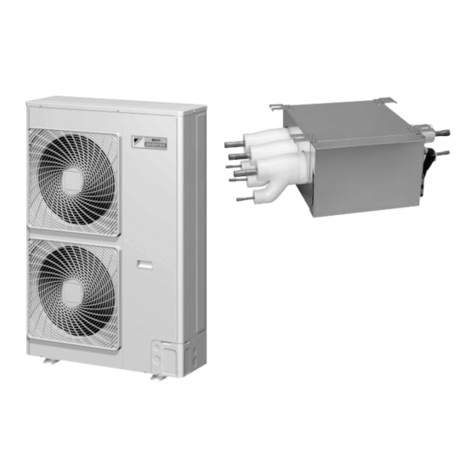
Daikin
Daikin RMKS112LV1A User manual
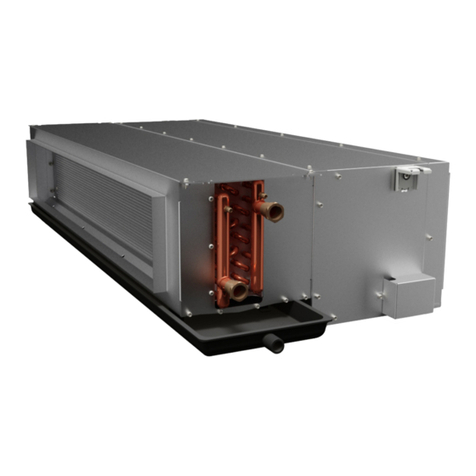
Daikin
Daikin Clima-Flex CLIFC FIXED Series User manual

Daikin
Daikin AWST18SU14 AA Series User manual
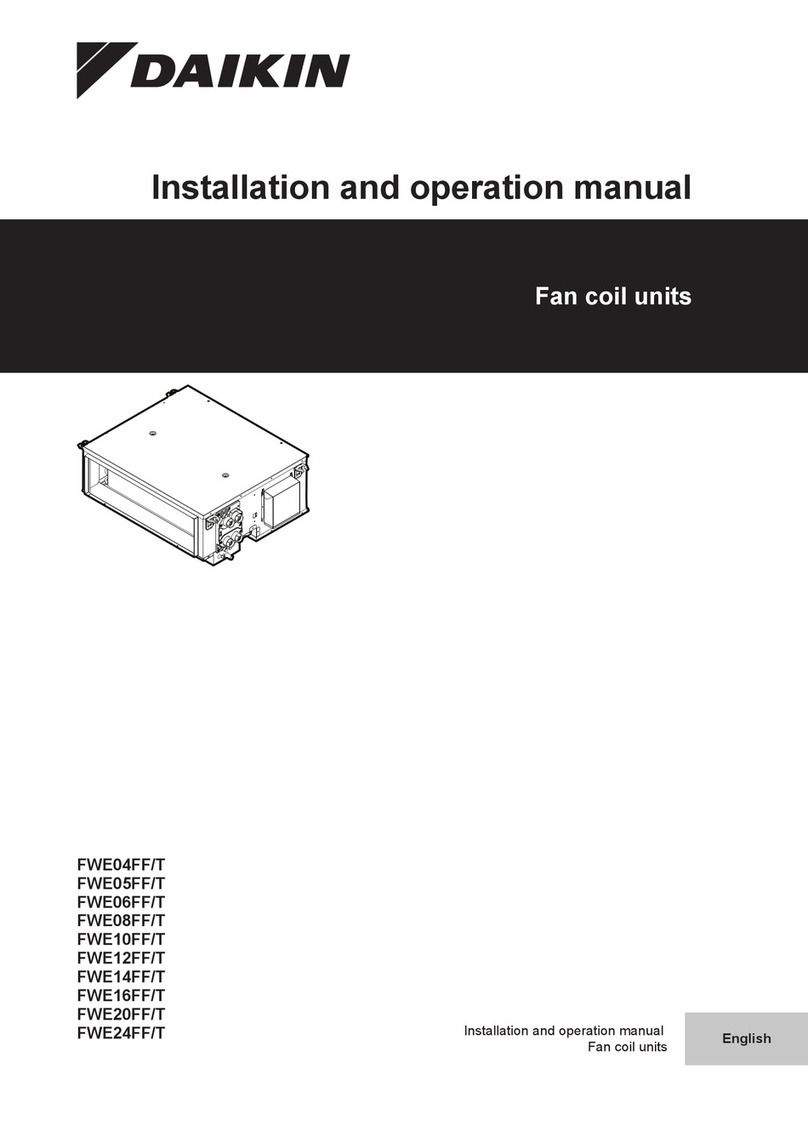
Daikin
Daikin FWE04FF/T User manual
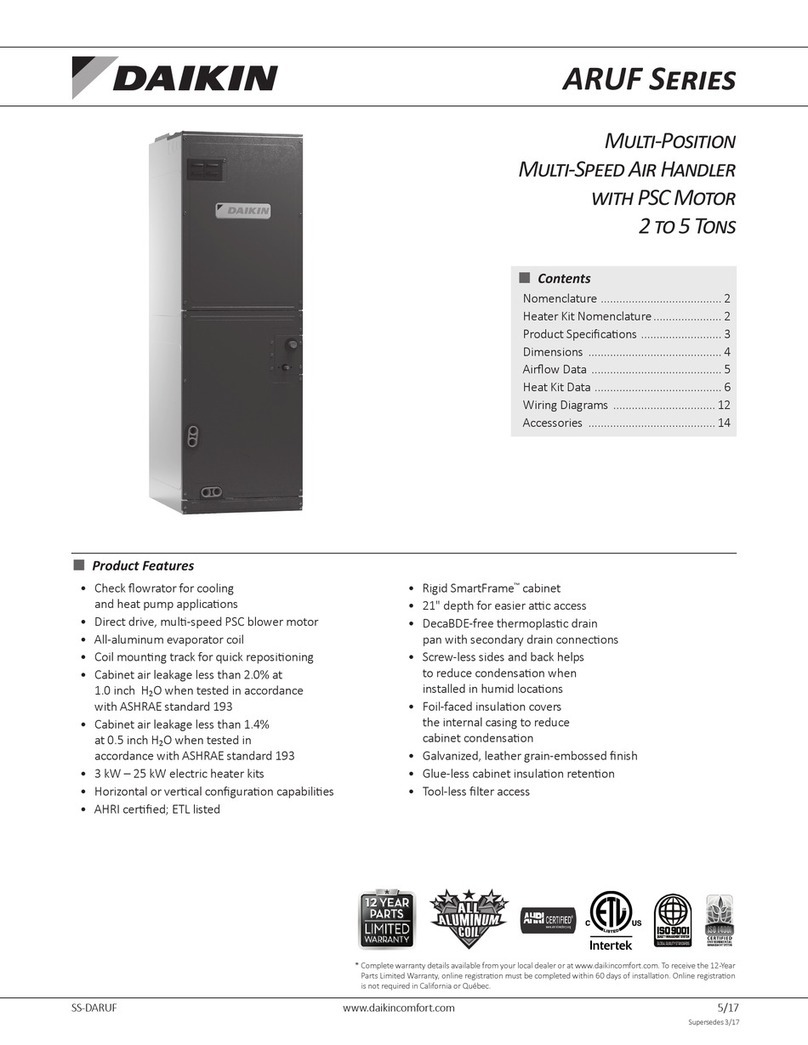
Daikin
Daikin ARUF Series User manual
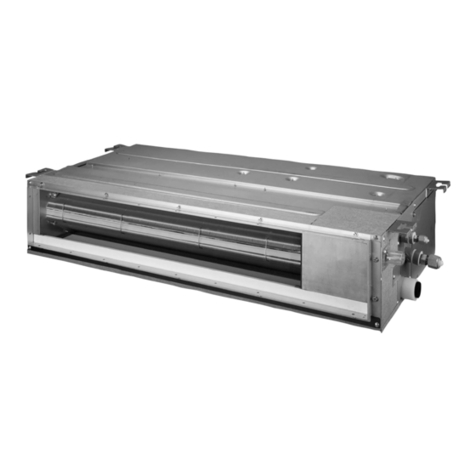
Daikin
Daikin FXDQ-SPV1 Dimension Guide
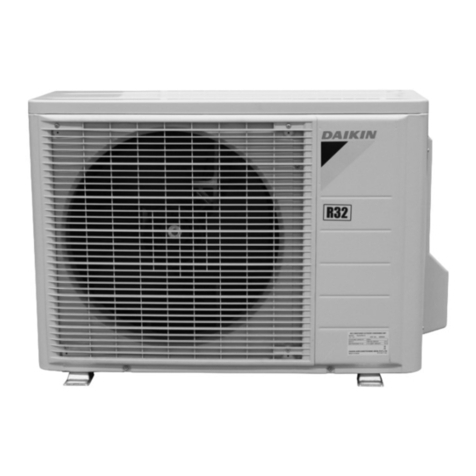
Daikin
Daikin RC35PRV16 User manual

Daikin
Daikin EDMFA04A6 User manual
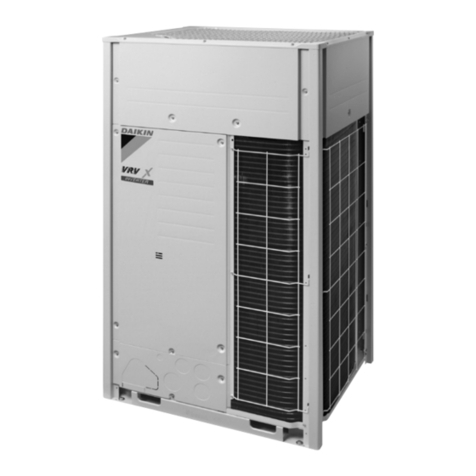
Daikin
Daikin RXQ12AHR User manual
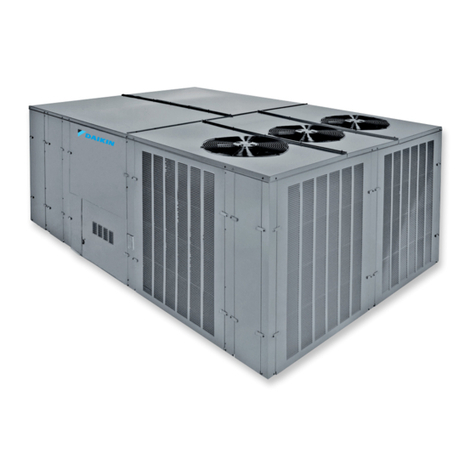
Daikin
Daikin DCG Series User manual
Popular Air Handler manuals by other brands

Vents
Vents VUT 270 V5B EC A14 user manual

Armstrong Air
Armstrong Air BCE7S Series installation instructions

Klimor
Klimor EVO-S Operation and maintenance manual

Salda
Salda SMARTY XP MOUNTING AND INSTALLATION INSTRUCTION

BLAUBERG
BLAUBERG KOMFORT Roto EC S400 user manual

Trenton
Trenton TPLP Series installation instructions

Haier
Haier HB2400VA1M20 Installation & operation manual

Webasto
Webasto BlueCool A-Series operating instructions

RDZ
RDZ DA 701 Technical installation manual

Carrier
Carrier 39T Installation, Start-Up and Service Instructions

Armstrong Air
Armstrong Air BCE5V Series installation instructions

Carrier
Carrier 40MBDAQ Service manual

TemperZone
TemperZone Econex Pro OPA 1410RLTM4FPQD Installation & maintenance

RDZ
RDZ WHR 200 Technical installation manual

AAON
AAON H3 Series Installation operation & maintenance

Lennox
Lennox VEOA042N432U Installation & operation instructions

Kemper
Kemper CleanAirTower operating manual
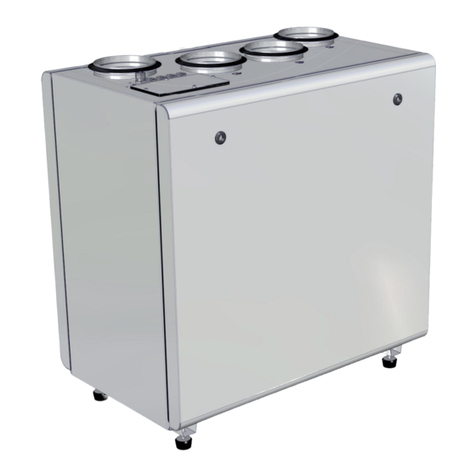
Salda
Salda RIRS 400VE EKO 3.0 Technical manual

